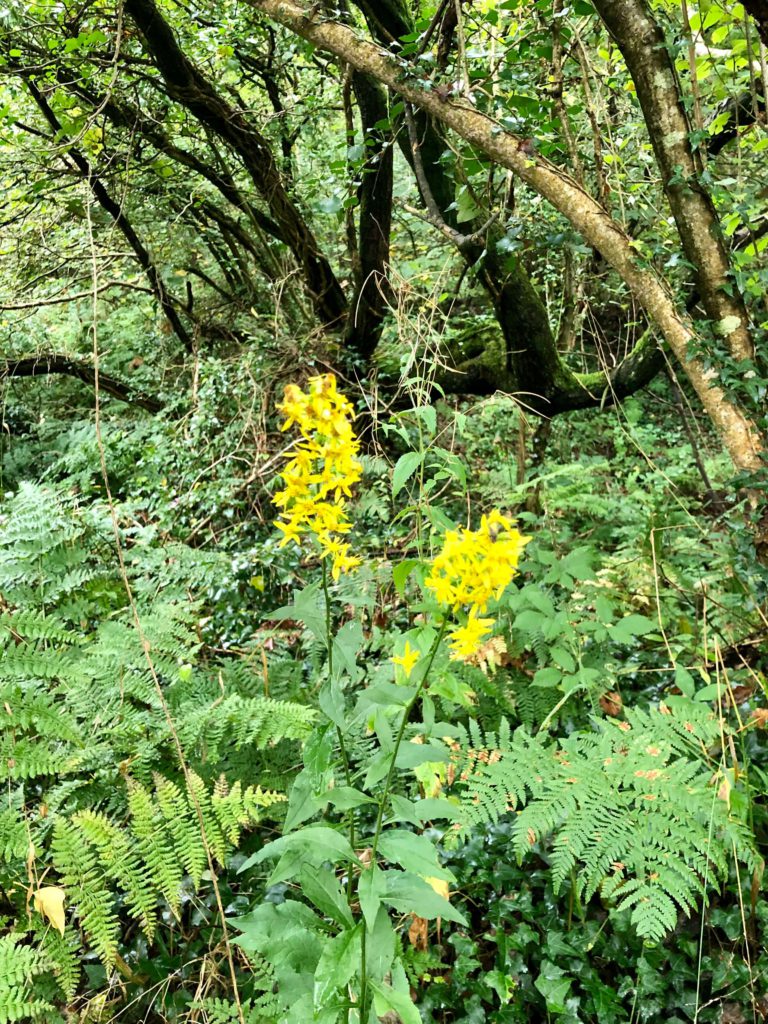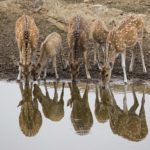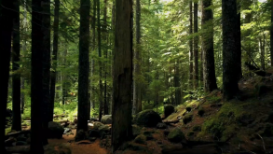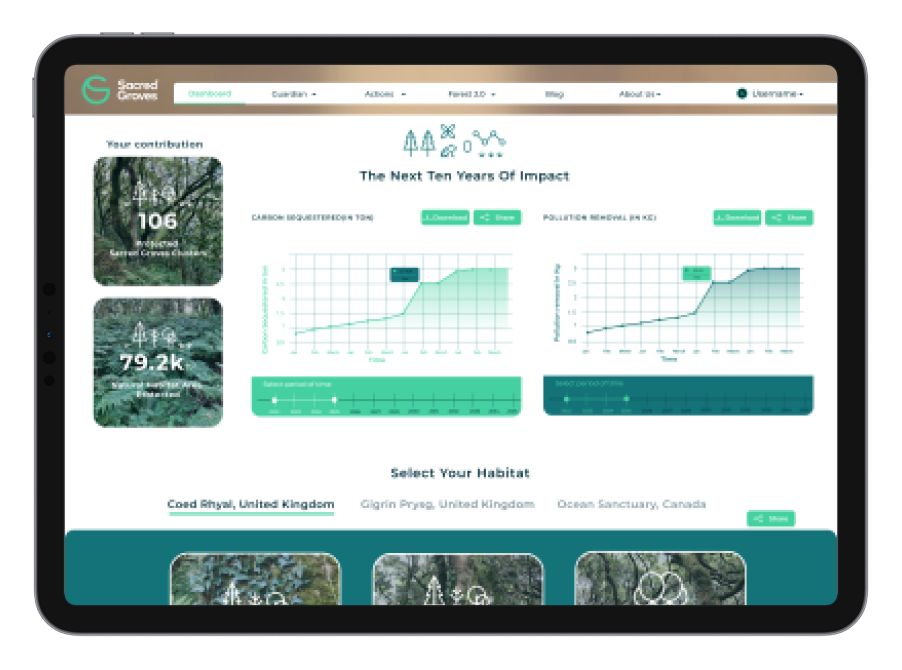The United Kingdom has a prodigious amount of flora and fauna sharing space with humanity. The Wildlife Trusts opine that there are over 88,000 different plants, animals and fungi that share space with human beings in the country. The landscape and seas are diverse and home to several habitats and ecosystems. Saving them for the future generations with a view to helping the country prosper and retain its biodiversity is the need of the hour.
Over the 20th century and to this day, several wildlife trusts have taken charge of separate tracts of land to help them recover lost green cover and certain animal species. These trusts and other independent organisations are doing ground-breaking work in helping the UK and other countries maintain their ecological framework, primarily by working to save endangered animals and birds. The following section highlights some of them and the peerless work they do.
Take a look at some of the local efforts to save endangered animals in the UK:
* The PTES (People’s Trust for Endangered Species) works with the vision of protecting and saving endangered animals in the UK and around the world. They do this by working closely with on-ground organisations and locals in affected areas to save endangered animals from extinction. They also fund extensive research in wildlife conservation and provide financial grants for those working in the area of conservation (researchers and experts are often selected for these).
How you can help: Donate to them or volunteer with local organisations that partner with them.
* The Natural History Museum does a large amount of work in the area of awareness and community education to shine a spotlight on endangered animals and birds in the UK. Thus far, it has successfully participated in campaigns to save animals and birds on the brink of extinction, from the Peregrine falcon to the sea otter, and from blue whales to Fisher’s estuarine moths. They also work extensively for flora in the UK.
How you can help: Stay in touch with their programmes on their website and support their team of 300 scientists and their research via donations.
* The Wildlife Conservation Society has offices in several countries, including the UK. The organisation collaborates with local communities in every area of its work to shape their future and take their help in preserving and conserving wildlife. It works for global conservation of endangered plants and animals, proper maintenance of zoos and aquariums, and towards mitigating climate crises and pandemics.
How you can help: You can donate for their work or volunteer in their target areas in your home country. Corporates are also encouraged to tie up for several conservation and awareness programmes.
What you can learn from their efforts
Saving endangered animals in the UK is not the sole responsibility or purview of a few committed organisations and the Government. Indeed, the Government announced a £220 million biodiversity fund to save endangered animals, in 2019. But these efforts can get a considerable boost with the active participation of every individual in the UK.
It’s quite simple to do, too: engage with the local wildlife conservation communities, abstain from purchasing products and services that use illegal animal parts or employ animals for laboratory testing, visit local parks to help wildlife tourism and donate to several related causes. Above all, do spread the word about the issue in your local community at every opportunity, be it by organising seminars or engaging the youth in fun events aimed at animal protection and conservation.
Did you enjoy this article?
Share with friends to inspire positive action.








